The Iraqi monetary system is based on a fixed exchange rate (currency peg) between the Iraqi dinar (IQD) and the US dollar (USD) – since the revaluation of February 8, 1 USD is worth 1,300 IQD. For the record, the dinar had been devalued in December 2020 to 1USD = 1460 IQD, against 1182 previously. The Iraqi Central Bank (BCi) obtains dollars from its account hosted by the Federal Reserve of New York, with the agreement of the latter – the revenue in dollars from Iraqi oil exports being paid into this account.
The BCi then sells a certain volume of dollars daily directly to commercial banks, exchange offices and certain Iraqi importers through the so-called “dollar auction” system, at a fixed rate slightly above the peg (1,310 or 1,320 IQD for 1 USD according to the actors concerned). Economic players who do not have direct access to dollar auctions can obtain dollars from commercial banks, at the same rate (1,320 IQD).
The rate charged by exchange offices depends on the quantity of dollars provided by the BCi and its adequacy with local demand; it is therefore floating but traditionally close to the official rate. A third level of dollar trading takes place in an illegal market through brokers who operate without a license.
The “dollar auctions” are a crucial tool of the BCi’s monetary policy to maintain the value of the dinar and ensure price stability, given the low level of banking in the Iraqi economy (only 20% of the adult population holds a ‘a bank account). In addition, via these dollar auctions, the BCi also acquires Iraqi dinars, which it then transmits to the Ministry of Finance, allowing – among other things – the Government to pay current expenses and to take charge of the large mass public wage (the State remaining the main provider of jobs, with nearly 40% of civil servants).
The Prime Minister’s recent approval of the BCi’s decision to revalue the dinar (see news item of 01/10) can be partly explained by the desire to fight against the consequences, particularly in terms of purchasing power , the increasing depreciation observed in the dinar since November 2022. This depreciation is mainly due to a strengthening of transaction compliance controls put in place by the BCi – under pressure from the Fed and the US Treasury.
Faced with the difficulties in implementing these measures by the BCi, the volume of dollars provided by the Fed has decreased and many economic players (especially importing companies), pursuing legal or illegal activities, have turned away from official channels to go to the parallel exchange office market. This exerted upward pressure on the demand for dollars, leading to a depreciation of the dinar (which lost nearly 12% of its value between November 2022 and January 2023) and an increase in the price of basic products (since the latter are very mostly imported).
In order to appease the growing discontent of the population, the Iraqi authorities have therefore chosen to revalue the dinar against the dollar – at the risk of increasing the weight of public expenditure in the 2023 budget. These are denominated in dinar, the difference in revenue which, coming almost exclusively from oil exports, is in dollars.
Source Embassy of France in Lebanon


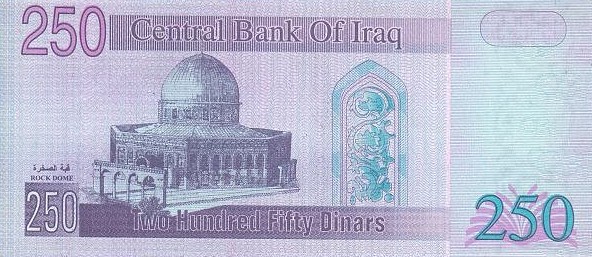
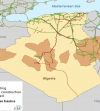
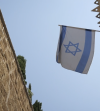
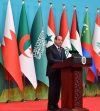
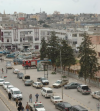

Réagissez à cet article